Understanding the Civil Engineer Cover Letter
A civil engineer cover letter is more than just a formality; it’s your first introduction to a potential employer and a crucial tool in securing your dream job. Unlike a resume, which provides a factual overview of your qualifications, the cover letter allows you to showcase your personality, express your enthusiasm for the specific position, and highlight how your skills and experience align with the company’s needs. It’s your opportunity to make a strong first impression and persuade the hiring manager to take a closer look at your resume. Crafting a compelling cover letter is an essential step in the job application process, demonstrating your communication skills and professional approach.
Key Components of a Civil Engineer Cover Letter
A well-structured civil engineer cover letter should include several key components to effectively communicate your qualifications and suitability for the role. Each element plays a vital role in presenting a comprehensive and persuasive case for your candidacy. By paying attention to these components, you can ensure that your cover letter stands out and accurately reflects your skills, experience, and enthusiasm for the position. Remember to tailor each section to the specific job description and company requirements to maximize your chances of success.
Contact Information
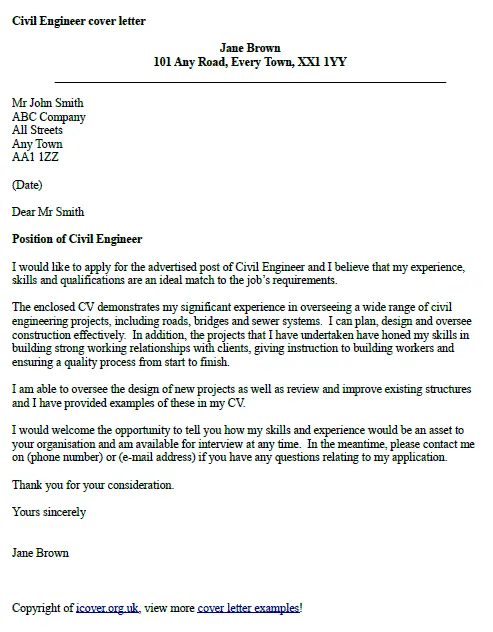
Start with your contact information, including your full name, address, phone number, and professional email address. This information should be clearly displayed at the top of the letter, making it easy for the hiring manager to contact you. Ensure that your email address is professional and that your phone number is current and accessible. Consider using a professional email service, as it shows your commitment to professionalism. Your contact information is the first detail an employer sees, so make sure it presents you favorably.
Personalized Greeting
Address the hiring manager or the specific person listed in the job posting by name. Research the company website or use LinkedIn to find the appropriate contact person. Avoid generic greetings like “To Whom It May Concern” or “Dear Sir/Madam,” as they indicate a lack of effort. A personalized greeting shows that you’ve taken the time to learn about the company and the specific opportunity. This attention to detail is a subtle way to demonstrate your interest and initiative, making your cover letter more engaging and impactful. If you are unable to find a specific contact, try a more specific title, such as “Dear Hiring Manager”.
Professional Summary
Start your cover letter with a concise and impactful professional summary. This section should briefly introduce yourself and highlight your most relevant skills and experience. The summary should clearly state your career goals and your interest in the specific position. Tailor your summary to align with the job requirements, emphasizing the skills and experiences that directly match the needs of the employer. This gives the hiring manager a quick overview of who you are and why you’re a good fit for the role. Consider including a key achievement or two that showcases your ability to deliver results.
Highlighting Relevant Skills and Experience
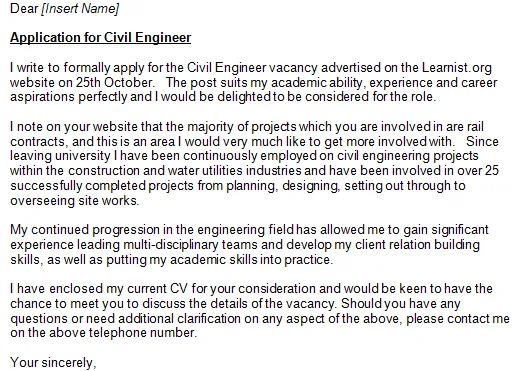
The body of your cover letter should focus on highlighting your relevant skills and experience. Use specific examples to demonstrate how you’ve applied your skills in previous roles and the results you achieved. This section should be detailed and focus on demonstrating the abilities required to carry out the daily tasks of the job, specifically emphasizing your competencies in civil engineering. Connect your skills directly to the job description, using keywords and phrases from the posting to showcase your understanding of the role and the company’s needs. It’s important to make your qualifications clear and compelling to make you stand out from other applicants.
Showcasing Technical Expertise
Civil engineering roles require a strong technical foundation. In your cover letter, highlight your technical expertise, including any software, tools, and methodologies you’re proficient in. Detail your experience with relevant design software like AutoCAD, Civil 3D, or Revit. Mention any experience with structural analysis, hydraulic modeling, or surveying. Make sure to align your technical skills with the job description, as employers will want to see applicants who possess the specific expertise required for the role. Be specific and provide examples of how you’ve used your technical knowledge to solve complex engineering challenges and deliver successful projects.
Demonstrating Project Management Skills
Project management skills are crucial in civil engineering. In your cover letter, showcase your ability to manage projects effectively. Describe your experience in planning, coordinating, and executing projects within budget and on time. Mention your experience with project scheduling, risk management, and resource allocation. If possible, provide examples of projects you’ve successfully managed, including the scope, your role, and the outcomes achieved. Emphasize how you handled challenges and ensured project success. Highlighting these skills demonstrates your ability to lead and contribute to project success.
Quantifying Achievements
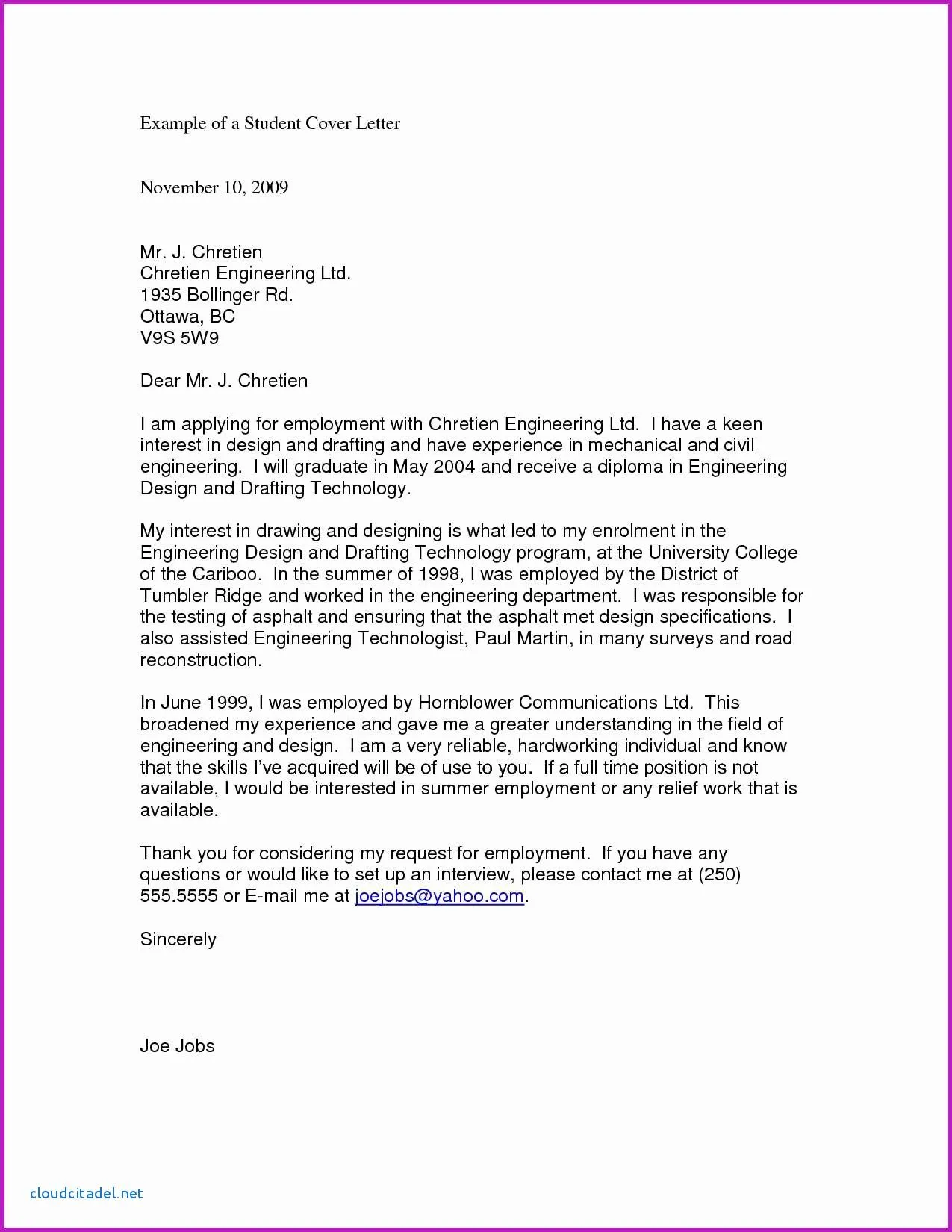
Whenever possible, quantify your achievements to demonstrate the impact of your work. Use numbers and data to showcase your accomplishments, such as the number of projects completed, the amount of money saved, or the percentage of efficiency improved. For example, instead of saying “Managed several projects,” say “Managed five projects, resulting in a 15% reduction in costs and a 10% increase in project completion rates.” These figures give the hiring manager a clear understanding of the value you bring to the table. Quantifiable achievements make your cover letter more compelling and demonstrate your ability to deliver results.
Tailoring Your Cover Letter to the Job Description
It is essential to tailor your cover letter to each job application. Begin by carefully reviewing the job description and identifying the key requirements and qualifications the employer is seeking. Then, adjust your cover letter to reflect these requirements. Highlight the specific skills and experiences that align with the job description and use keywords from the posting. This demonstrates that you have taken the time to understand the role and are a good fit for the position. Avoid using a generic cover letter; personalization increases your chances of getting noticed and getting an interview.
Researching the Company
Research the company to show your genuine interest in working there. Visit their website, read their mission statement, and understand their values. If possible, find out about their recent projects, their culture, and their goals. Mention something specific you admire about the company or their work. This shows that you’re not just applying for any job, but that you’re genuinely interested in joining their team. Demonstrating this knowledge shows your proactive approach and your understanding of the company’s values and goals.
Matching Skills to Requirements
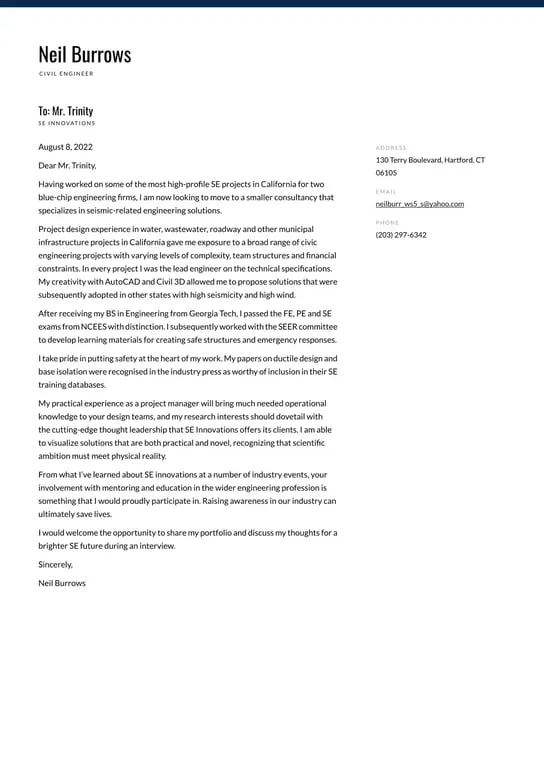
Carefully compare your skills and experience with the job requirements outlined in the description. Identify the key skills and qualifications the employer is looking for and ensure that your cover letter highlights those. Use the job description as a guide to structure your letter and emphasize the most relevant aspects of your background. Make sure to use the same keywords and phrases used in the job posting. This demonstrates that you understand the role and can meet the employer’s needs, increasing your chances of securing an interview.
Formatting and Design for Impact
The formatting and design of your cover letter are important for readability and professionalism. A well-formatted cover letter is easier to read and makes a better impression on the hiring manager. Use a clean, professional layout with clear headings, concise paragraphs, and plenty of white space. Your formatting should be easy on the eyes and make it easy to follow your message. Consider using a standard font, such as Arial, Times New Roman or Calibri, to ensure your cover letter is consistent and readable across different devices.
Choosing the Right Font and Layout
Choose a professional and easy-to-read font like Arial, Calibri, or Times New Roman. Use a font size between 10 and 12 points for the body of the text. Ensure that your layout is clean and uncluttered, with adequate margins and spacing between paragraphs. Avoid using excessive formatting, such as bolding or underlining, as this can be distracting. Maintain a consistent format throughout the document to create a polished and professional appearance. A well-formatted document makes it easier for the hiring manager to focus on your content.
Ensuring a Clean and Readable Format
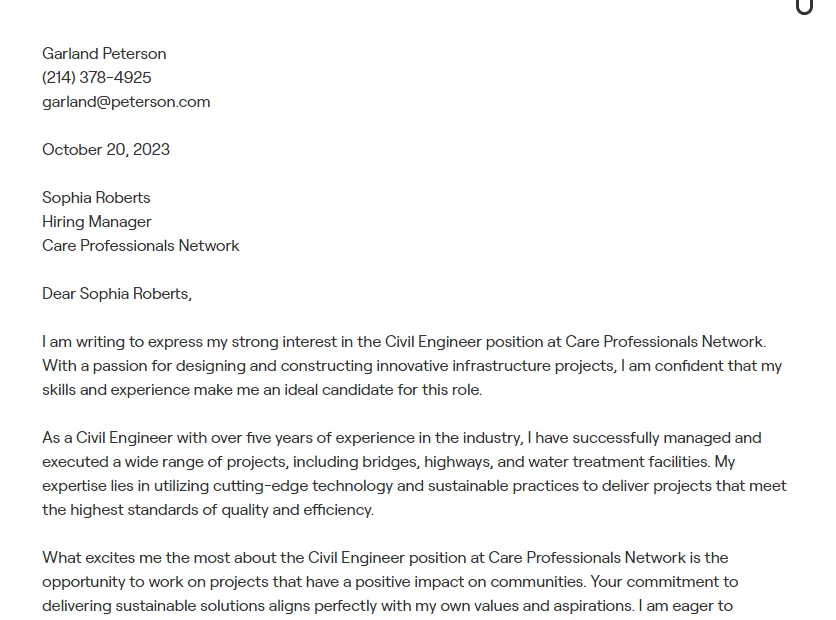
Ensure your cover letter is easy to read by using clear headings, concise paragraphs, and plenty of white space. Use bullet points to highlight key skills and achievements. Keep paragraphs relatively short, about four to six sentences, to make your letter more digestible. Use consistent formatting throughout your letter, including font styles, sizes, and spacing. Review your cover letter to ensure it looks professional and is easy for the reader to scan and understand. A clean and readable format will make your cover letter more engaging and more effective in conveying your message.
Proofreading and Editing for Perfection
Proofreading and editing your cover letter is crucial to ensure that it is free of errors. Typos, grammatical errors, and inconsistencies can undermine your credibility and make a negative impression on the hiring manager. Take the time to carefully review your cover letter for any mistakes. Ask a friend or family member to read it as a fresh pair of eyes often catch mistakes you might miss. Consider using online tools like Grammarly to help you identify and correct any errors. A polished and error-free cover letter demonstrates your attention to detail and commitment to professionalism.
Common Mistakes to Avoid
Avoid these common mistakes that can hinder your job application. Making the right impression starts with the cover letter. Ensure that you avoid the common pitfalls that can damage your chances of getting a job interview. Be mindful of errors and omissions in the cover letter. These mistakes can undermine your application and give the hiring manager a negative impression.
Generic Content and Lack of Personalization
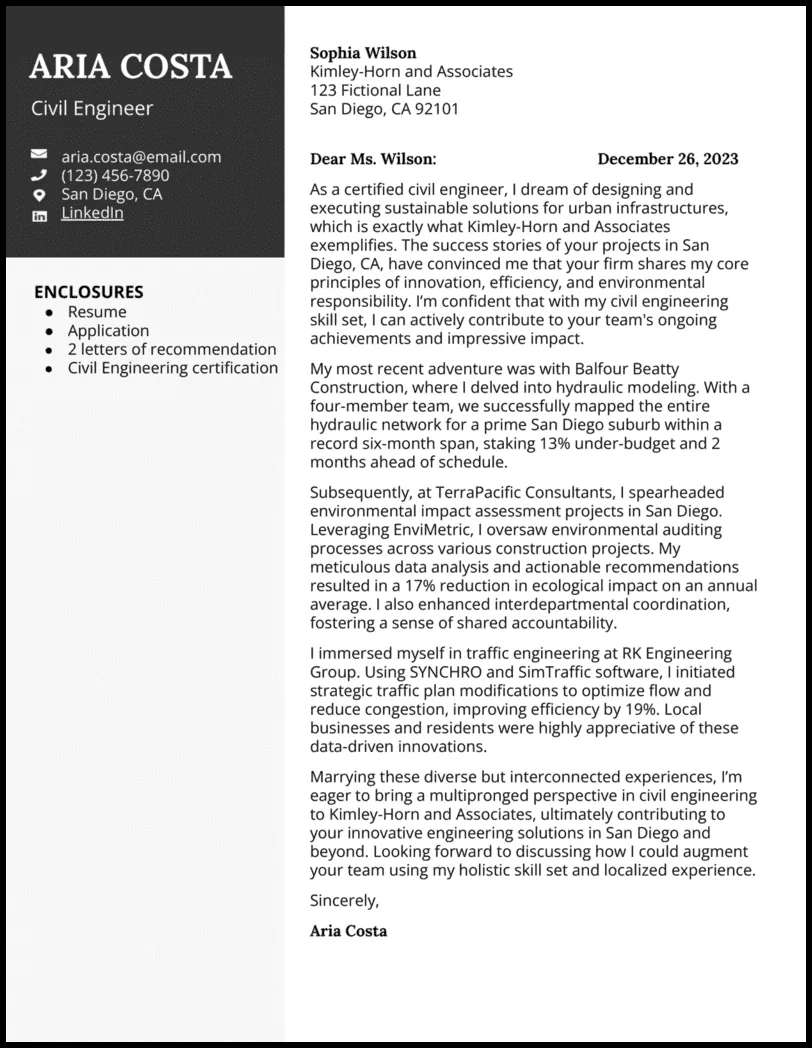
Avoid using generic cover letters that are not tailored to the specific job or company. Hiring managers can easily spot a generic letter, which shows a lack of interest and effort. Always customize your cover letter for each application, highlighting your skills and experiences that align with the job requirements. Show that you understand the company’s values and goals by mentioning them in your letter. Personalization increases your chances of getting noticed and getting an interview. Generic content shows that the applicant has not taken the time to research the position or the company.
Typos and Grammatical Errors
Typos and grammatical errors can make a negative impression and undermine your credibility. Always proofread your cover letter carefully before submitting it. Check for spelling mistakes, grammatical errors, and punctuation issues. Consider using spell-check and grammar-checking tools to help you identify and correct any errors. Ask a friend or family member to review your cover letter. A cover letter that is free of errors demonstrates your attention to detail and commitment to professionalism. These mistakes can make the applicant appear careless or unprofessional.
Ignoring the Job Description
Failing to address the specific requirements and keywords outlined in the job description is a major mistake. Make sure your cover letter directly addresses the skills, qualifications, and experiences the employer is seeking. Tailor your letter to the job description, highlighting the aspects of your background that are most relevant. Use the same keywords and phrases from the job posting to demonstrate that you understand the role and can meet the employer’s needs. Failure to do so makes it seem like you haven’t fully understood the position you are applying for.
Sample Civil Engineer Cover Letter
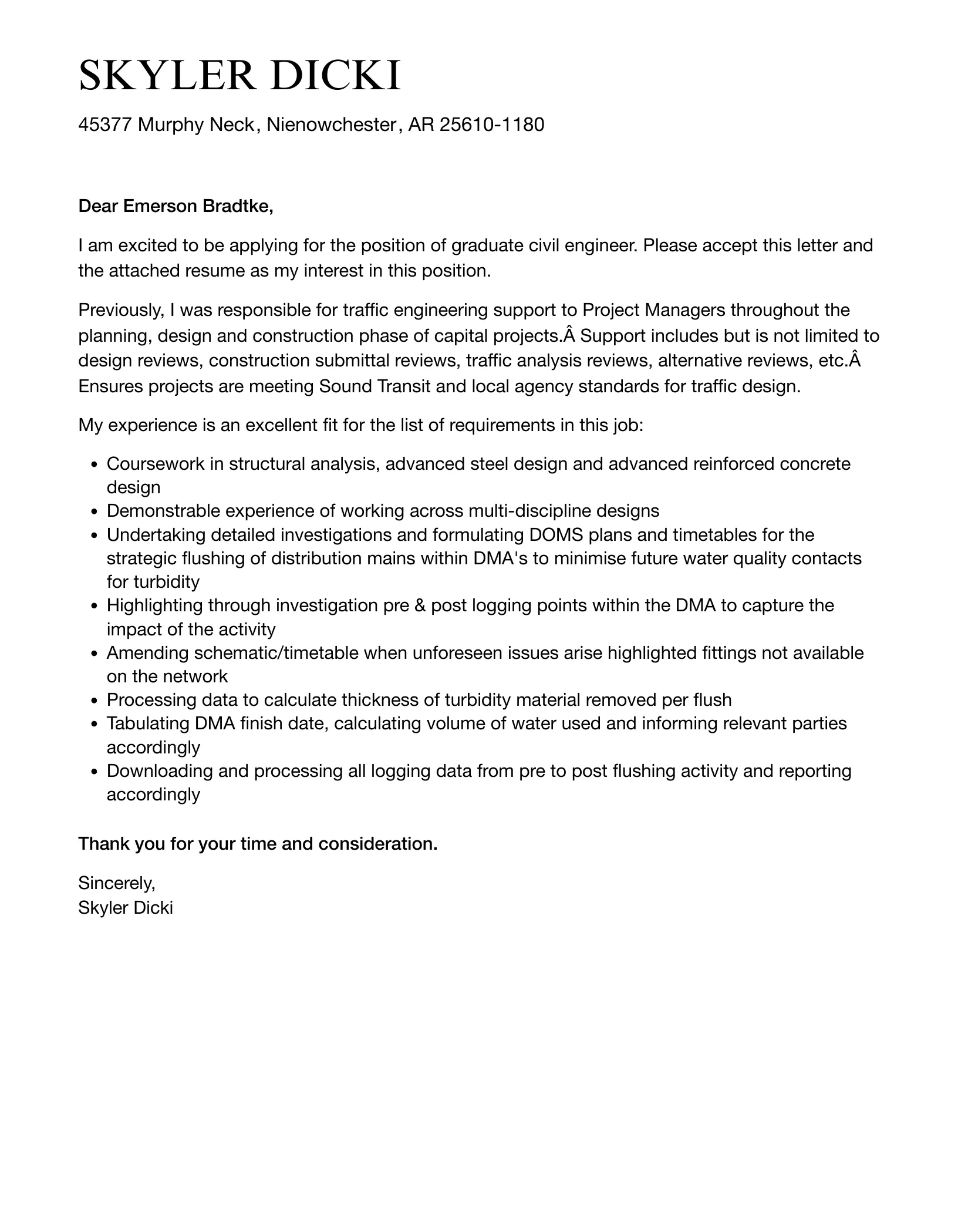
Here is a sample cover letter to provide you with a template. Remember, this is just an example, and you should customize it to fit your experience and the specific job requirements. Your goal is to create a compelling cover letter that highlights your unique qualifications and makes you stand out from other candidates. Be sure to review multiple samples and adapt to suit each application.
Finalizing and Submitting Your Cover Letter
Before submitting your cover letter, carefully review it for any errors or inconsistencies. Make sure it is tailored to the specific job and company. Ensure that your contact information is accurate and up-to-date. Submit your cover letter as a PDF file, as this ensures that your formatting remains consistent across different devices. Send the cover letter and your resume together, and follow up with the employer if necessary. Submitting a polished cover letter is essential for making a good first impression.
